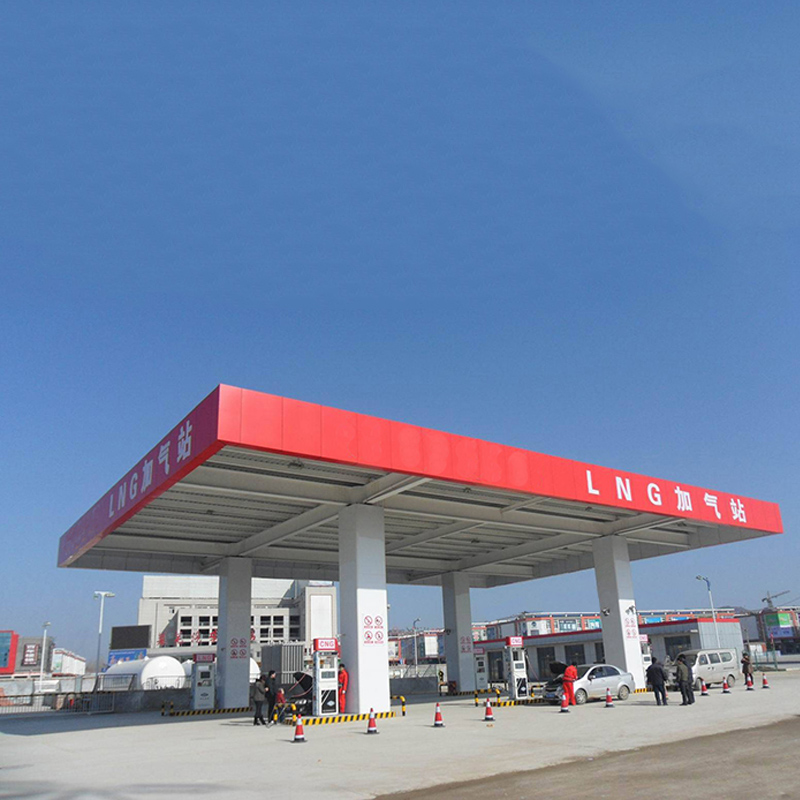
Dec . 04, 2024 14:33
Back to list
Pressure Relief Equipment for Enhanced Safety and Efficiency in Industrial Applications
Understanding Pressure Relief Devices Ensuring Safety in Industrial Applications
Pressure relief devices (PRDs) play a critical role in maintaining the safety and integrity of industrial systems. These devices are designed to prevent equipment failure and potential hazards by managing excess pressure within pipelines, vessels, and other containment systems. Understanding how they function, their types, applications, and the importance of regular maintenance is paramount for ensuring safety and efficiency in various industrial processes.
What Are Pressure Relief Devices?
Pressure relief devices are safety mechanisms that automatically release pressure when it reaches a predetermined level. They are essential in systems where pressure can build up due to various reasons, including thermal expansion, chemical reactions, or equipment malfunctions. When the pressure exceeds the set limit, PRDs activate to prevent catastrophic failures such as explosions or ruptures.
Types of Pressure Relief Devices
There are several types of pressure relief devices, each designed for specific applications
1. Relief Valves These are commonly used in liquid-filled systems. They open automatically to release excess pressure and then reseal when normal conditions are restored.
.
3. Rupture Disks These are non-reclosing devices that operate under a predetermined pressure. When the pressure exceeds this limit, the disk fails, allowing the contents to escape and relieve pressure. Rupture disks are often used in conjunction with relief valves for added safety.
معدات تخفيف الضغط

4. Buckling Pin Devices These devices utilize a pin that buckles at a specific pressure, allowing pressure to be relieved. They are particularly useful in applications where precision is crucial.
Applications of Pressure Relief Devices
Pressure relief devices are used in a wide range of industries, including oil and gas, chemical manufacturing, pharmaceuticals, and power generation. Their applications span from protecting storage tanks to safeguarding piping systems and process vessels.
In the oil and gas industry, for instance, PRDs are vital for managing pressure in pipelines and storage tanks, preventing leaks and potential disasters. In chemical plants, they ensure that reactors do not exceed safe operating pressures, thus protecting workers and the environment from hazardous releases.
Importance of Regular Maintenance
While pressure relief devices are critical for safety, they are not foolproof. Regular maintenance and testing are essential to ensure their proper functioning. Over time, environmental factors, corrosion, and mechanical wear can affect the performance of these devices. Therefore, routine inspections and maintenance checks are crucial.
Before any maintenance work is carried out, it is essential to follow proper lockout/tagout procedures to ensure that the devices cannot inadvertently be activated. Additionally, testing the devices at regular intervals helps verify that they will perform as intended when needed.
Conclusion
In conclusion, pressure relief devices are indispensable components in various industrial systems, providing safety and preventing catastrophic failures. Understanding the types of PRDs, their applications, and the necessity of regular maintenance is essential for industries that operate under high-pressure conditions. By prioritizing the proper installation, testing, and maintenance of these devices, companies can safeguard not only their equipment and facilities but also the health and safety of their workforce and the surrounding community. In an era where safety and efficiency are paramount, investing in the functionality of pressure relief devices is not just a regulatory requirement but a best practice that reflects a commitment to industrial safety.
Latest news
-
Safety Valve Spring-Loaded Design Overpressure ProtectionNewsJul.25,2025
-
Precision Voltage Regulator AC5 Accuracy Grade PerformanceNewsJul.25,2025
-
Natural Gas Pressure Regulating Skid Industrial Pipeline ApplicationsNewsJul.25,2025
-
Natural Gas Filter Stainless Steel Mesh Element DesignNewsJul.25,2025
-
Gas Pressure Regulator Valve Direct-Acting Spring-Loaded DesignNewsJul.25,2025
-
Decompression Equipment Multi-Stage Heat Exchange System DesignNewsJul.25,2025

